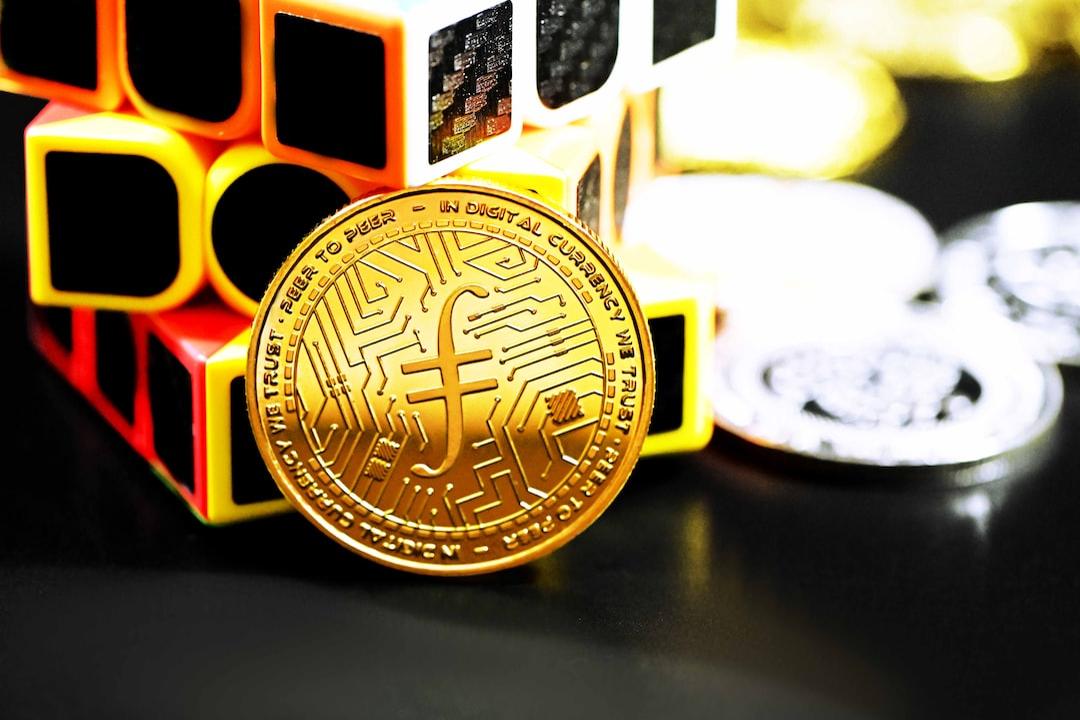What happened?
U.S. President Donald Trump signed an executive order establishing a “Strategic Bitcoin Reserve,” which will be funded by Bitcoin acquired through the government’s asset forfeiture cases, and prohibits the government from selling these Bitcoins. Following the signing of Trump’s executive order, the price of Bitcoin fell sharply by approximately 6%, dropping from $90,400 to $84,979. The establishment of the Strategic Bitcoin Reserve by Trump did not lead to a price increase, but rather a decline, due to market expectations that the government would purchase more Bitcoin; however, officials stated that the reserve would only utilize the existing forfeited Bitcoins and would not make further purchases.
Trump signed the executive order to establish the “Strategic Bitcoin Reserve,” avoiding taxpayer burden. On March 7, 2025, U.S. President Donald Trump officially signed the executive order to announce the establishment of the U.S. “Strategic Bitcoin Reserve,” marking a significant shift in U.S. digital asset policy. According to David Sacks, the White House’s Digital Assets and Artificial Intelligence (AI) Commissioner, the reserve will consist entirely of Bitcoin funds forfeited by the government as part of criminal or civil asset forfeiture proceedings, ensuring that no additional financial burden is placed on taxpayers.
Just a few minutes ago, President Trump signed an Executive Order to establish a Strategic Bitcoin Reserve.
The Reserve will be capitalized with Bitcoin owned by the federal government that was forfeited as part of criminal or civil asset forfeiture proceedings. This means it…— David Sacks (@davidsacks47) March 7, 2025
The reason for such an order is that the U.S. has previously confiscated a significant amount of Bitcoin, with the most notable case being related to the dark web marketplace “Silk Road.” Additionally, other illegal activities such as hacking and money laundering may have resulted in Bitcoin confiscation. According to CoinGecko data, the U.S. government holds approximately 200,000 Bitcoins, valued at about $18 billion. Trump’s executive order stipulates that the Bitcoin reserve will be treated as a digital version of a “vault,” prohibiting the sale of any Bitcoins and viewing them as a permanent store of value.
Related Reading: Trump announces the establishment of the “U.S. Cryptocurrency Reserve”! Bitcoin spikes above $90,000, with XRP, SOL, and ADA soaring over 25%.
This means that the U.S. will not “actively” acquire Bitcoin, but it will also not sell any of the Bitcoins held by the state. This strategic positioning may have profound implications for the Bitcoin market, especially for supporters who hope for Bitcoin to become a mainstream global asset; Trump’s actions undoubtedly provide Bitcoin with more official recognition.
Diverse digital asset reserves are questioned; why is Bitcoin the only choice? On March 2, Trump posted on the social platform Truth Social, announcing that digital currencies such as Bitcoin, Ether, XRP, Solana, and Cardano would be included as part of the strategic reserve. However, this news sparked backlash from the cryptocurrency community.
Bitcoin billionaire Tyler Winklevoss stated on the X platform that, aside from Bitcoin, other digital assets do not meet the criteria to be part of the “strategic reserve” and emphasized that currently, only Bitcoin possesses global asset value. This is because Bitcoin is currently the only asset that simultaneously exhibits decentralization, scarcity, and market recognition, and is considered to have the potential to become “digital gold,” thus standing out in a diverse digital asset reserve and becoming the sole choice for the national strategic reserve to address digital economy, inflation, and geopolitical risks.
Market reaction: Bitcoin price volatility, investor concerns over reserve management. Despite the relatively lukewarm market response following Trump’s executive order announcement, the price of Bitcoin briefly fell by about 6%, from $90,400 to $84,979. The establishment of the Strategic Bitcoin Reserve by Trump did not lead to a price increase but rather a decline, likely because the market initially anticipated that the government would purchase more Bitcoin; however, officials stated that the reserve would only utilize the existing forfeited Bitcoins and would not make further purchases. However, as the market further digested the news, by the time of publication, Bitcoin’s price had recovered to $87,460.
The primary concern among the market participants centers on how the U.S. government will manage the reserve. Some investors worry that if the U.S. treats the Bitcoin reserve as a short-term investment tool, it could lead to significant market volatility, resulting in unnecessary speculative risks. Fintech investor Ryan Gilbert pointed out that the reserve should serve as a long-term store of value rather than a tool for market speculation. While this action by the Trump administration provides some official support for Bitcoin’s legitimacy, it also highlights various challenges that may arise during the implementation process.
Regardless, this decision will undoubtedly spark widespread discussions around digital asset policy, reserve management, and its market impacts globally, potentially guiding the future direction of digital currency development.
Sources: cnbc, cnn, cointelegraph

